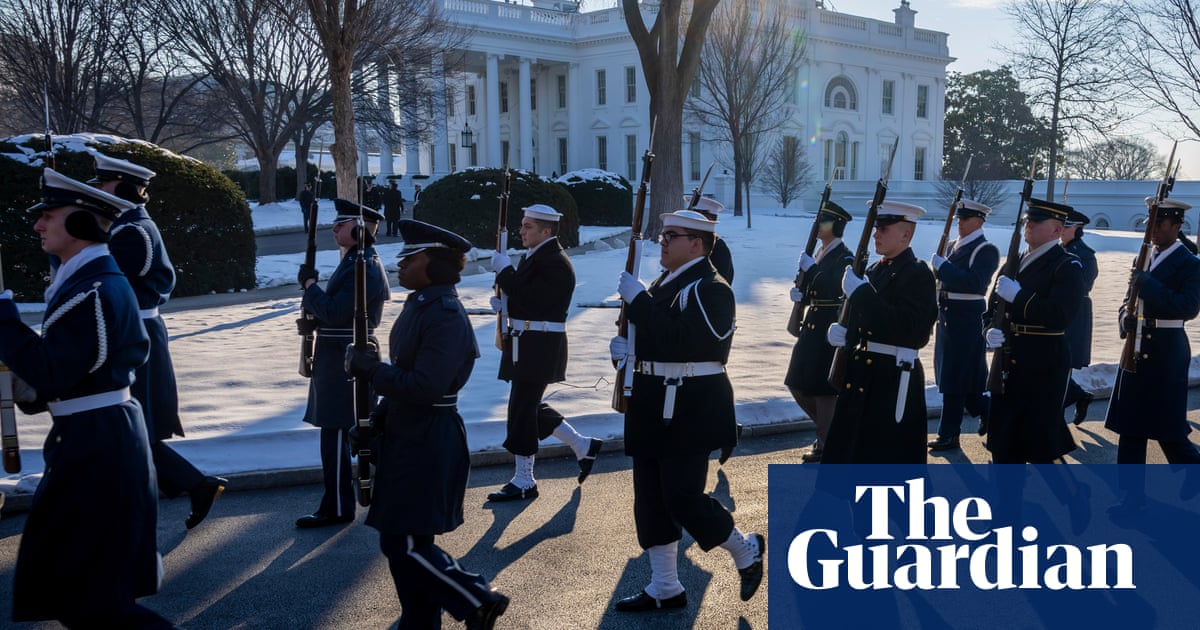The article presents a detailed overview of an upcoming military parade to commemorate the US Army's 250th anniversary, coinciding with Donald Trump's birthday. The significant costs and military scale of the event are highlighted, raising questions about its implications and the motivations behind its organization.
Purpose of the Announcement
This coverage likely aims to showcase the strength and history of the US military, particularly in a time when national pride and patriotism are emphasized. The parade, with its extensive display of military might, serves to reinforce a narrative of national security and resilience. It also aligns with Trump's political persona, possibly aiming to galvanize support among his base.
Public Perception
The portrayal of this event could evoke mixed feelings among the public. On one hand, it may inspire pride in military history; on the other, it may raise concerns about the extravagant costs amidst ongoing issues like budget cuts in veteran services. By emphasizing the parade's celebratory nature, the article could be framing it as a necessary tribute rather than an excessive expenditure.
Potential Concealments
There might be an underlying intention to divert attention from other pressing political matters, such as budgetary constraints affecting the Veterans Affairs department. Highlighting the parade's grandiosity could serve to shift focus away from criticisms regarding government spending and resource allocation.
Manipulative Rating
The article carries a moderate level of manipulation, as it selectively emphasizes the grandeur and celebratory aspects of the parade while potentially downplaying the financial implications and context of military spending cuts. The language used may evoke a sense of pride, which could overshadow critical analysis of the event's necessity and costs.
Truthfulness of the Report
The information appears factual and is backed by statements from military officials and credible media sources. However, the framing of the story might lead to an oversimplification of public sentiment regarding military expenditures.
Narrative Construction
The narrative seems designed to cultivate a sense of national pride and unity, appealing primarily to audiences who value military tradition and patriotism. Conversely, it may alienate those who prioritize fiscal responsibility and social welfare.
Impact on Society and Economy
The parade could divert funds from other essential services, potentially affecting public sentiment on military spending versus social programs. Economically, it may stimulate local business temporarily, but the long-term costs could contribute to broader discussions about government spending priorities.
Target Audiences
Supporters of the military and those aligned with nationalist sentiments are likely to resonate with this news. The event may be framed to appeal to conservative groups who value displays of military strength and national pride.
Market Implications
While the immediate impact on stock markets may be limited, defense contractors and companies involved in military logistics could see a positive reaction due to heightened visibility and potential contracts related to the parade.
Geopolitical Relevance
Although the event is primarily a national celebration, it can be perceived as a signal of US military strength to other nations. In a global context, it underscores ongoing themes of military readiness and national pride, relevant amid current geopolitical tensions.
Artificial Intelligence Influence
While the article itself does not explicitly indicate the use of AI in its writing, AI tools could have been employed for data gathering or language processing to enhance clarity and engagement. If AI was involved, it may have influenced the tone to be more celebratory, aligning with the intended narrative.
Manipulation Potential
The framing of the event could be seen as manipulative, particularly through its emphasis on patriotism and military grandeur, potentially overshadowing critiques of its financial implications. The language chosen promotes a specific viewpoint that aligns with nationalist sentiments, possibly limiting critical discourse on military expenditures.
In conclusion, the article's framing suggests a strategic effort to promote national pride while potentially deflecting attention from pressing issues related to government spending. The information is largely factual, yet the narrative construction invites scrutiny regarding its broader implications.
